Effective Methods for Small-Batch Furniture Hardware Procurement
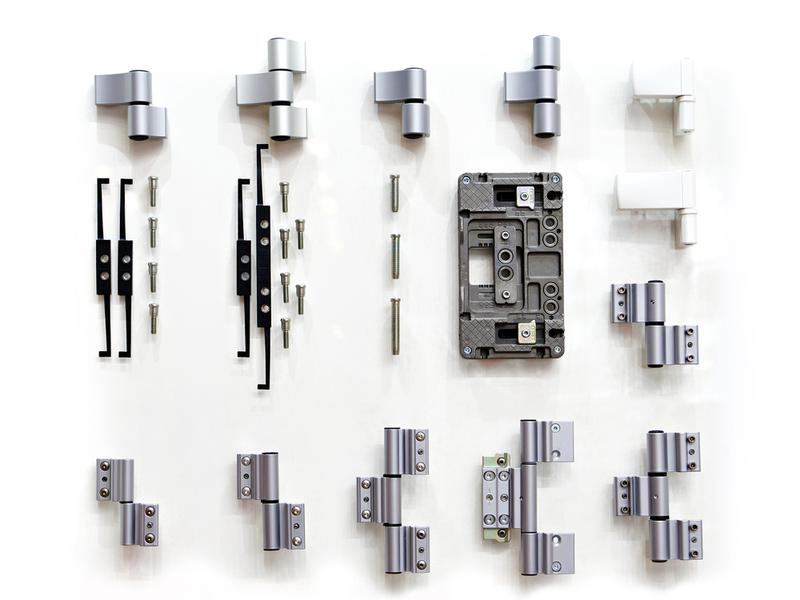
Effective Methods for Small-Batch Furniture Hardware Procurement
1. High Unit Prices and Tight Delivery Times: Key Features of Small-Batch Procurement
When it comes to small-batch furniture hardware procurement, meeting delivery deadlines is the top priority, with cost being secondary. Since the total value of a small batch order is relatively small, reducing unit prices doesn’t significantly affect the overall procurement cost. A common strategy is to request free samples from various suppliers through different channels.
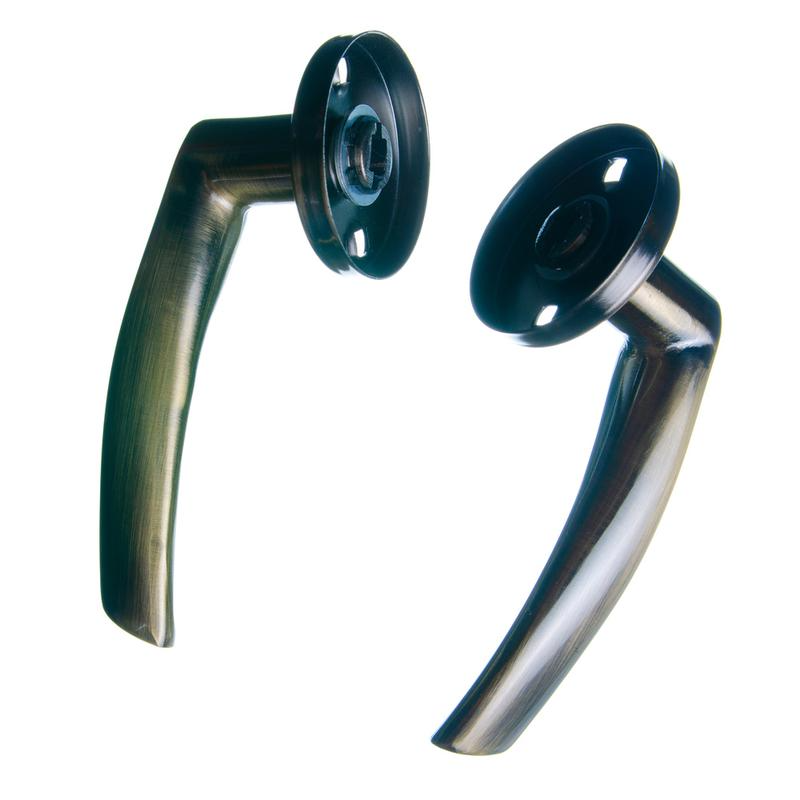
2. Maintain Supplier Stability
Avoid switching suppliers just because one offers better prices on a particular part. This can lead to higher risks of stockouts in the future. Existing suppliers tend to be more patient and accommodating with your business needs, and transferring the same order to a new supplier may not guarantee better overall value. It’s essential to evaluate the supplier relationship holistically
3. Centralize Orders with Capable Suppliers
Although small orders might not yield high profits for a supplier, placing concentrated orders with a well-established supplier can help increase their overall profit. In general, suppliers measure customers based on both individual product profit and total business profitability.
4. Efficient Communication and Supplier Management
In the business world, time is money. Suppliers are likely to prioritize high-value clients, so maintaining efficient communication and a clear management system is crucial to ensure you get the service you need on time.
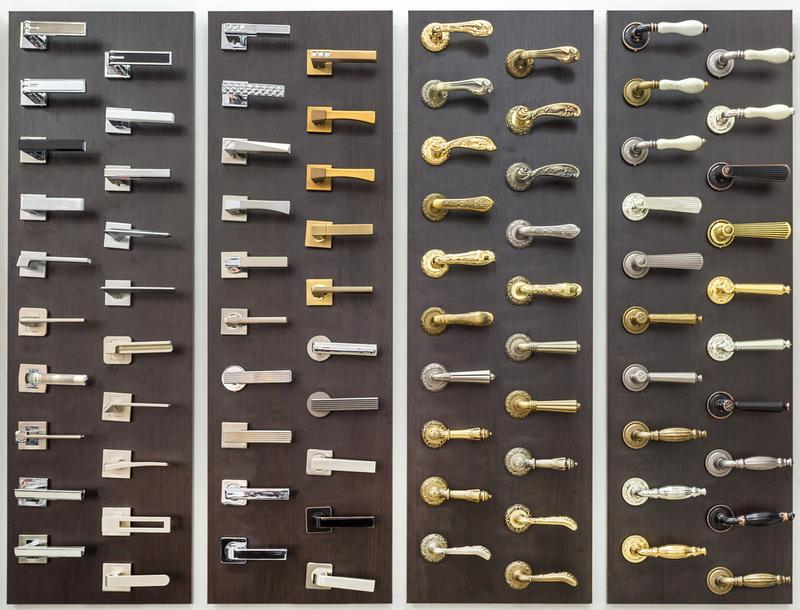
5. Balance Different Cooperation Models
MOQ (Minimum Order Quantity) and MPQ (Minimum Purchase Quantity) requirements often lead to higher inventory costs. It’s essential to evaluate different pricing models, including those from distributors and stock suppliers, to minimize losses and avoid unreasonable price premiums due to logistics and management costs.
6. Monitor Competitors
A key goal of procurement is securing competitive pricing. Keeping an eye on competitors’ purchasing models helps ensure you don’t fall behind in the price race.
7. Research Specialized Bulk Suppliers
Every niche market has specialized service providers. It’s important to identify and develop relationships with competitive and professional suppliers to address bulk procurement issues effectively.
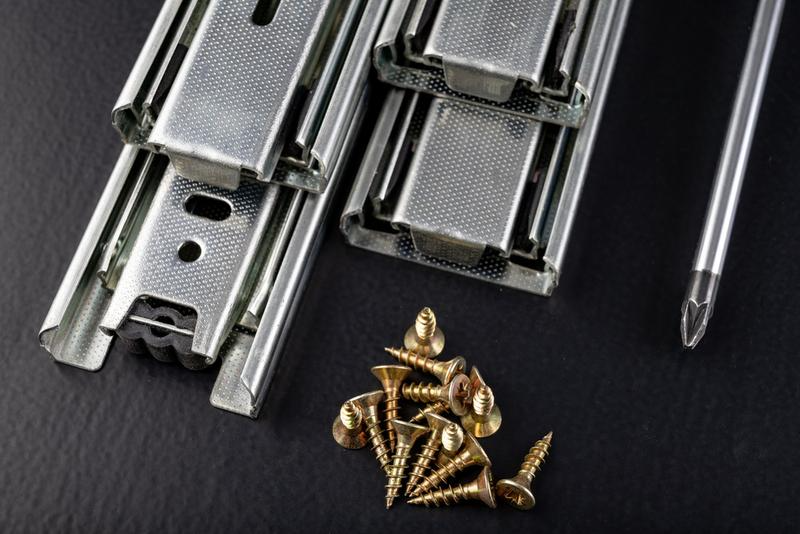
Ensuring On-Time Delivery Through Risk Procurement
One effective method to ensure timely delivery is through “risk procurement” during the product development stage. Risk procurement refers to purchasing components before the exact specifications or quantities are finalized. By involving procurement teams early in the R&D process, companies can mitigate the risk of supply chain delays and keep product development on track.
This approach is particularly common in the EMS (Electronics Manufacturing Services) industry, where companies often share the risk of material delays to speed up time-to-market.
Streamlining the Procurement Process
Using a simplified procurement process is another efficient way to accelerate small-batch furniture hardware procurement. Given that small orders have short production and delivery timelines, it’s essential to consider special approval processes, pricing, and payment terms that differ from bulk orders. In many cases, procurement processes for small batches bypass some of the standard approval layers, which helps speed up delivery times.
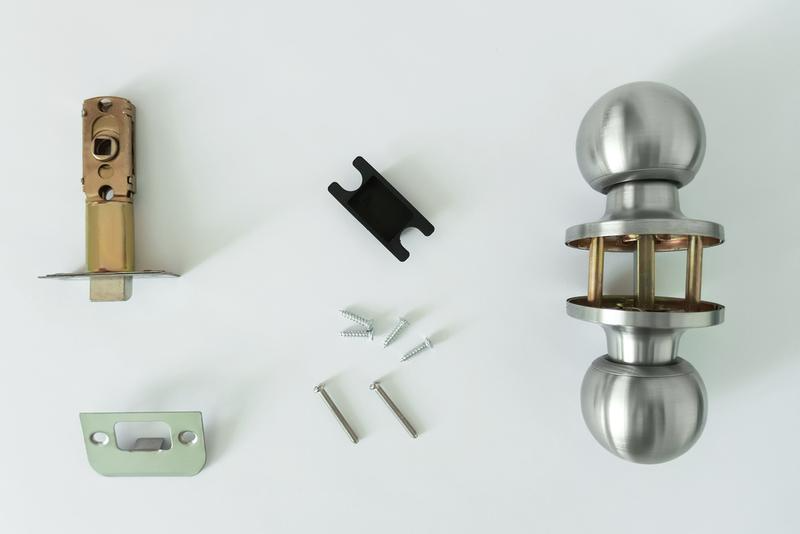
Close Collaboration with Long-Term Suppliers
Choosing suppliers with whom you have a long-term relationship is key to ensuring smooth delivery. These suppliers are typically more proactive and invested in providing value-added services, making them more willing to cooperate on small-batch orders.
Negotiating Better Prices for Small Orders
For small-batch furniture hardware, manufacturers often lack negotiating leverage due to the small order size. To obtain better prices, a common strategy is to buy generic components in minimum packaging quantities (MPQ). For specialized or low-volume items, requesting free samples from multiple suppliers can also help control delivery times effectively.
Using future order commitments to incentivize suppliers is another method of securing favorable terms. Many suppliers value long-term partnerships, and promising future orders can increase their willingness to cooperate on small-batch purchases.
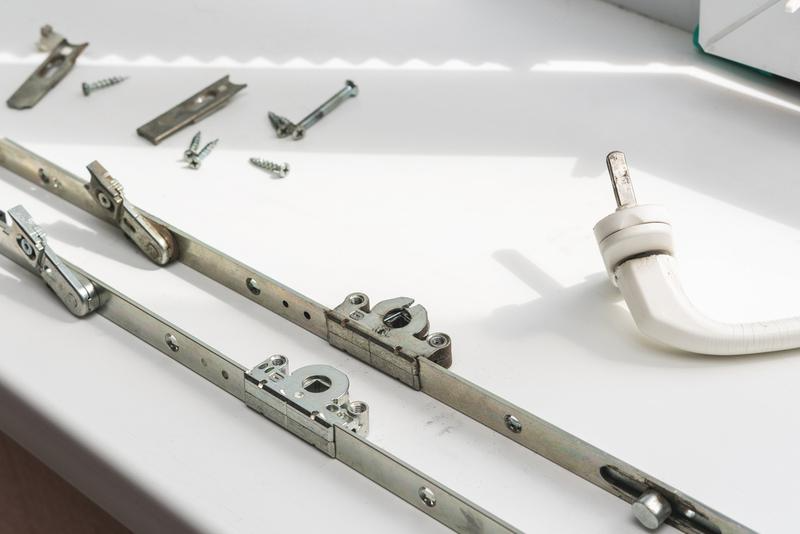
Internal and External Communication
Good communication is crucial when managing small-batch procurement. Since order sizes are small, suppliers’ cooperation can be a challenge. Procurement professionals need to maintain strong relationships with external suppliers, stay updated on market conditions, and be quick to adapt to changes.
